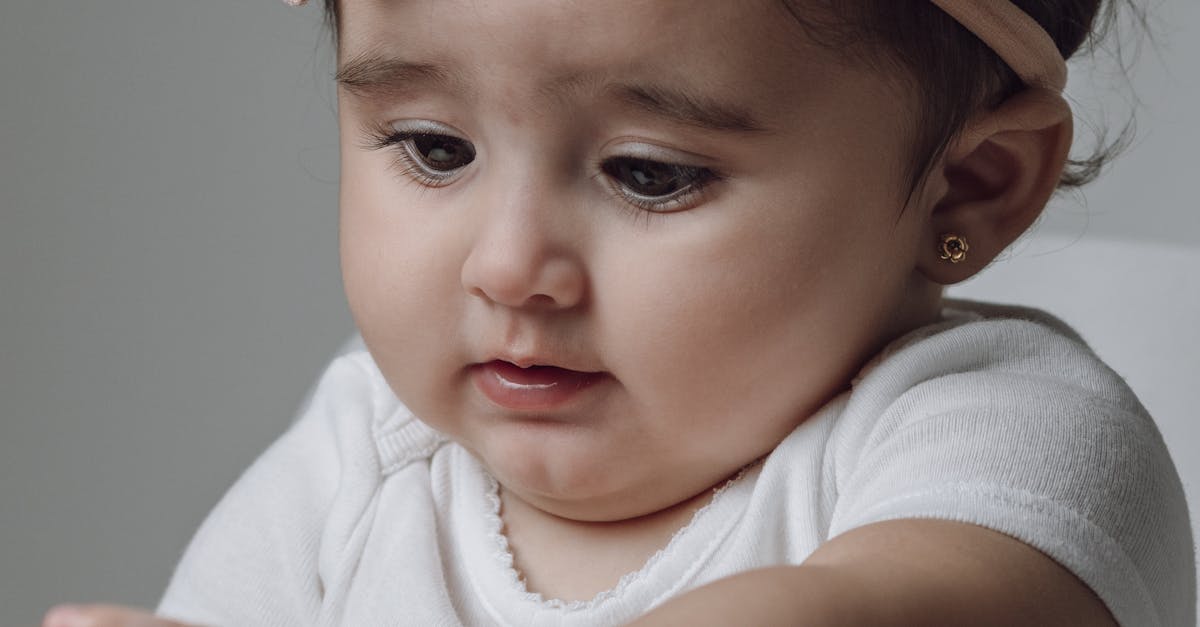
Understanding the Relationship Between Balance and Coordination in Children
Table Of Contents
Activities to Enhance Balance and Coordination
Incorporating a variety of activities into a child's routine can significantly strengthen their balance and coordination skills. Simple exercises like hopping on one foot, balancing on a low beam, or practicing the tree pose help to build core muscles and improve stability. Activities that involve movement in different directions, such as obstacle courses or dancing, can also engage children in fun ways while enhancing their motor skills. These playful experiences create opportunities for young learners to challenge themselves physically and gain confidence in their abilities.
nts from others, adjust their own actions, and develop spatial awareness. Such interactions are vital in creating a rich foundation for balancing and coordinating their bodies in ever-changing scenarios.
How Play Enhances Motor Skills
Play serves as a natural and engaging way for children to develop essential motor skills. Activities like running, jumping, and climbing foster both balance and coordination. When children engage in such play, they refine their ability to control movements and enhance their spatial awareness. This progression is not only beneficial for physical development but also contributes to a child’s confidence as they master new skills.
Moreover, unstructured play encourages creativity and problem-solving, enabling children to navigate their environment inventively. Whether it involves negotiating obstacles at a playground or participating in organised games, each experience allows for the practice of motor skills in diverse contexts. These experiences lay a foundational understanding of body movements and help children learn how to adjust their actions based on feedback from their surroundings.Sensory Development and its Impact on Behaviour
FAQS
What is the difference between balance and coordination in children?
Balance refers to the ability to maintain a stable position, whether moving or stationary, while coordination is the ability to use different parts of the body together smoothly and efficiently. Both are essential for children's motor skills development.2024-08-14
What activities can enhance balance and coordination in children?
Activities such as jumping, hopping, dancing, and playing games that require movement like tag or obstacle courses can greatly improve balance and coordination. Additionally, incorporating exercises like yoga or balance beam walks can be beneficial.
How can I tell if my child is struggling with balance and coordination?
Signs of balance and coordination challenges may include frequent stumbling, difficulty focusing on tasks that require hand-eye coordination, trouble participating in physical activities, or hesitance when trying new movement activities.
At what age should I start focusing on my child's balance and coordination skills?
It is beneficial to start focusing on balance and coordination skills as early as toddlerhood. Engaging in playful activities that promote these skills can help lay a strong foundation for motor development throughout childhood.
How does play contribute to the development of balance and coordination?
Play allows children to experiment with different movements and gain confidence in their physical abilities. Through active play, children can enhance their motor skills, learn to navigate their environment, and improve both balance and coordination naturally.
Related Links
Challenges in Developing Balance and Coordination in ChildrenSupporting Children with Balance and Coordination DifficultiesTable Of Contents
Promoting Balance and Coordination in Early Childhood EducationImpact of Environment on Sensory Development
Strategies for Assessing Balance and Coordination in Child Psychology